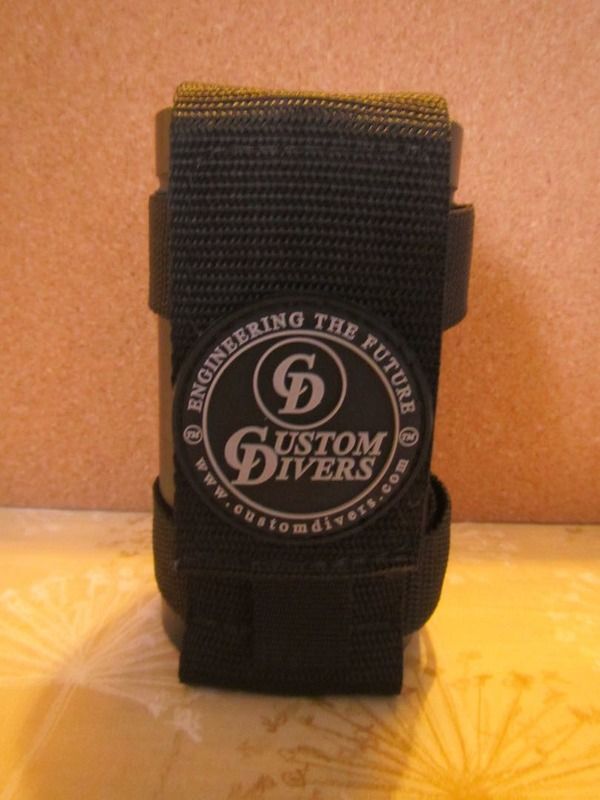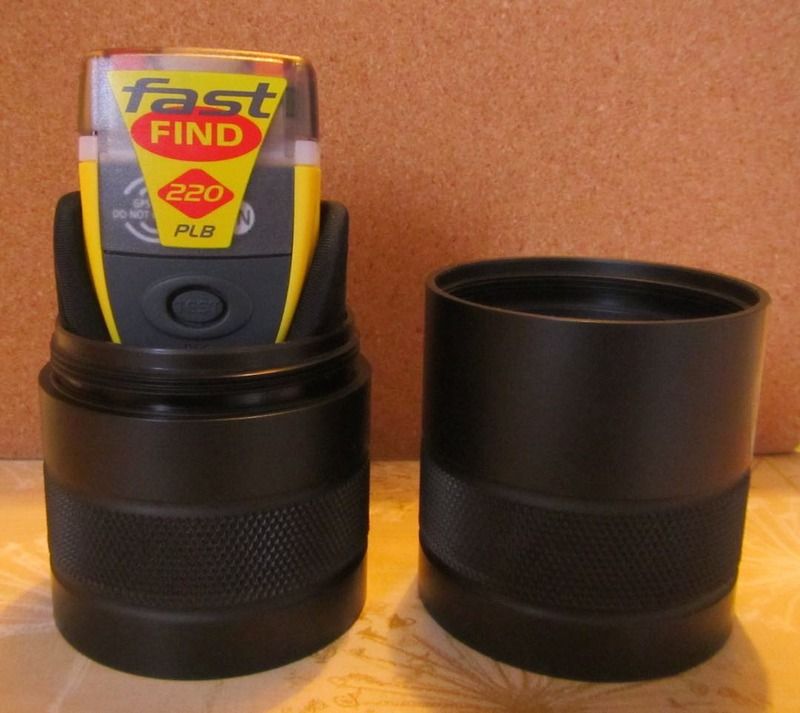sipadan
Registered
I was wondering if my question is in the right forum, couldn't quiet figure out where to place it best.
I do dive some remote places in the Asia-Pacific, usually with a skipper friend of mine on a small sailing boat. I have these "splash" proof walkie talkies (https://www.cobra.com/products/walkie-talkies-two-way-radios) and I would like to bring one on my dive, so that I can radio my friend on the boat as soon I have surfaced. I'm looking for a "pressure proof" casing I can use to safely store it and clip it on my BCD. I was looking into using old camera or torchlight housings and modify it, but there might be some more elegant solutions
I'm aware of products like Nautiluslifeline, but I do not require the function that come with it. All I need is a casing that is waterproof, the size of a small walkie talkie, and can withstand the pressure of a recreational deep dive. Any suggestions is appreciated. Thanks.
I do dive some remote places in the Asia-Pacific, usually with a skipper friend of mine on a small sailing boat. I have these "splash" proof walkie talkies (https://www.cobra.com/products/walkie-talkies-two-way-radios) and I would like to bring one on my dive, so that I can radio my friend on the boat as soon I have surfaced. I'm looking for a "pressure proof" casing I can use to safely store it and clip it on my BCD. I was looking into using old camera or torchlight housings and modify it, but there might be some more elegant solutions
I'm aware of products like Nautiluslifeline, but I do not require the function that come with it. All I need is a casing that is waterproof, the size of a small walkie talkie, and can withstand the pressure of a recreational deep dive. Any suggestions is appreciated. Thanks.
Last edited by a moderator:





